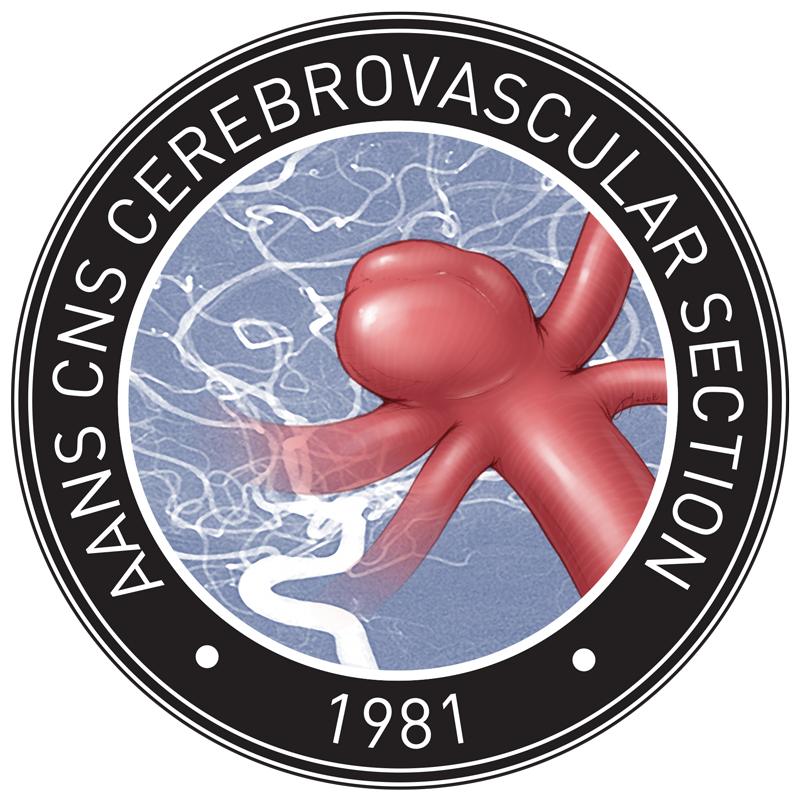Nonprocedural Symptomatic Infarction and In-Stent Restenosis After Intracranial Angioplasty and Stenting in the SAMMPRIS Trial

SAMMPRIS trial showed 30-day rate of stroke or death was higher in the PTAS group and than in the medical-management group. In a follow-up study, investigators studied the frequency of symptomatic in-stent restenosis (ISR) and its contribution to nonprocedural symptomatic infarction.
In this study, 27 of 183 patients (14.8%) in the stenting group without a periprocedural primary end point had a symptomatic infarction and 16 (8.7%) had transient ischemic attack alone in the territory during a median follow-up of 35.0 months. Adequate vascular imaging to evaluate ISR was available in 24 patients with infarctions (showing ISR in 16 [66.7%]) and in 10 patients with TIA alone (showing ISR in 8 [80%]). The 1-, 2-, and 3-year rates (with 95% confidence limits) for symptomatic ISR in the SAMMPRIS stent cohort were 9.6% (6.1%–14.9%), 11.3% (7.5%–17.0%), and 14.0% (9.6%–20.2%), respectively. The authors concluded that symptomatic ISR occurred in at least 1 of 7 patients in SAMMPRIS by 3 years of follow-up and was likely responsible for the majority of nonprocedural cerebral infarctions.
